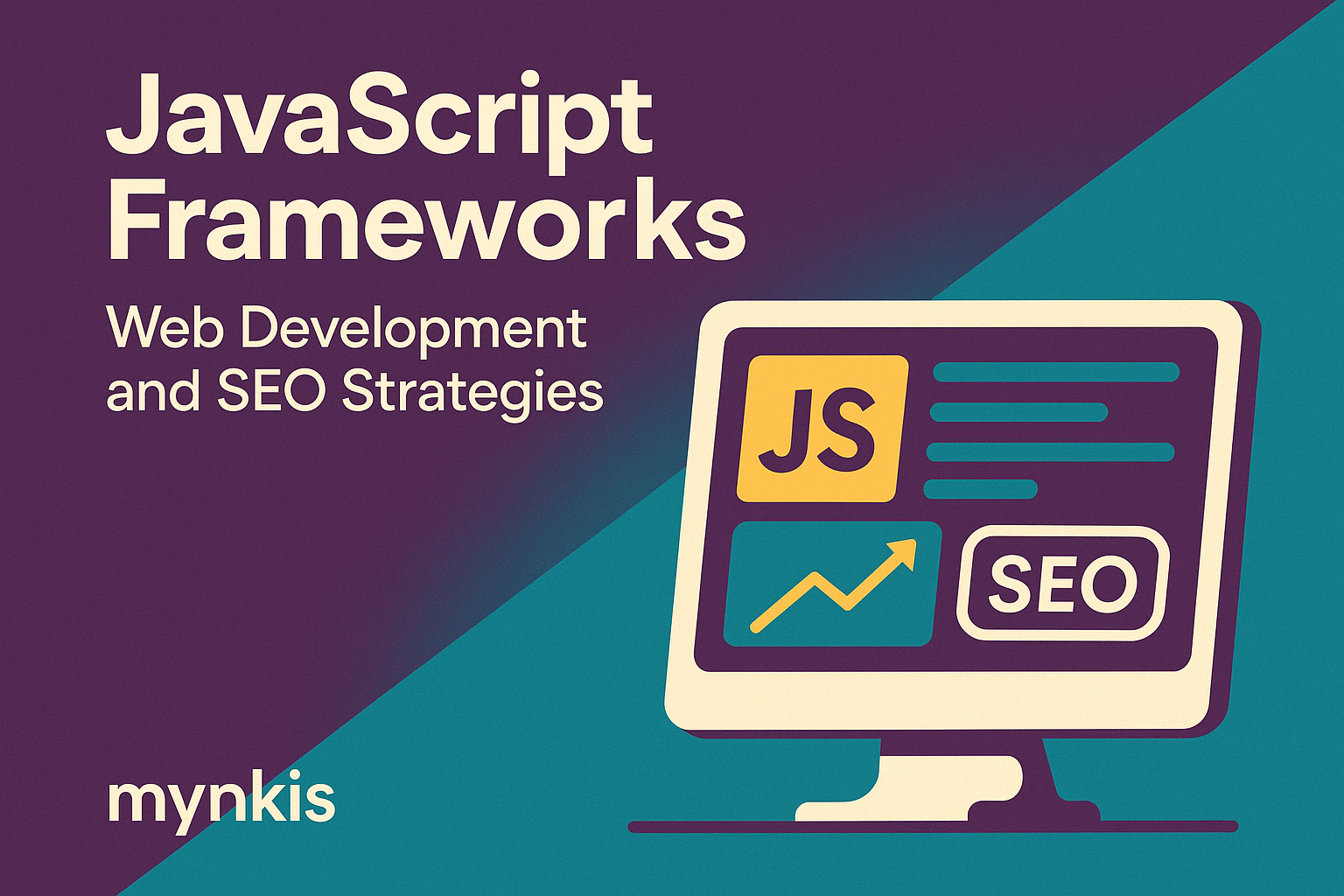Schedule a Demo
As the landscape of web development continues to evolve, JavaScript frameworks have become indispensable tools for crafting dynamic, responsive websites. These frameworks not only facilitate faster development but also enhance user experience significantly. Let’s delve into the top JavaScript frameworks that are revolutionizing how we approach custom software development.
React, developed by Facebook, has taken the world of custom software development by storm. Its component-based architecture allows developers to create reusable UI elements, making it easier to build and maintain large-scale applications. I've had the pleasure of working with operations managers who initially hesitated about the steep learning curve but quickly appreciated the seamless integration and robust performance of React-powered solutions.
Vue.js, on the other hand, offers a more gentle learning curve, making it an attractive choice for smaller projects and beginners. It provides immense flexibility, allowing developers to adopt it incrementally or dive deep into its capabilities for full-scale applications. Based on available research, individual results may vary, but Vue's progressive framework approach has enabled teams to enhance their development workflow and deliver visually appealing, high-performance websites.
For businesses looking to create complex, data-intensive applications, Angular stands out. Developed by Google, Angular has a comprehensive ecosystem that supports enterprise web solutions. Its ability to handle extensive data flows and a wide range of functionalities makes it ideal for large enterprises seeking to maintain a cohesive application across multiple platforms.
Svelte takes a unique approach by shifting much of the work to compile-time, resulting in highly performant and lightweight applications. If you're building a new project and want to stay ahead of the curve, considering Svelte could provide an edge with its efficient runtime and smooth animations. Anecdotally, one CTO I worked with was amazed at how Svelte transformed their application's load times and user satisfaction scores.
Choosing the right JavaScript framework hinges on various factors like the project's complexity, the team's expertise, and scalability requirements. React's versatility makes it a safe bet for both new and ongoing projects. Vue.js, with its simplicity, excels in smaller or rapidly changing projects where ease of entry and learning can expedite development cycles. Angular's rich feature set caters well to enterprise-level applications with high demands for extensive functionality and data handling. Lastly, Svelte is a promising choice for teams looking to leverage the latest in framework technology for superior performance.
Beyond just the code, integrating SEO from the onset is crucial for any website aiming to drive organic growth. Frameworks like React and Angular facilitate dynamic content rendering, which, when properly optimized, significantly boosts search engine visibility. Developers must take note of proper meta-tags, structured data, and performance optimization within these frameworks to maximize SEO potential. Additionally, modern frameworks can leverage Next.js or Nuxt.js for better SEO outcomes through server-side rendering or static site generation.
While embracing these frameworks, it's also important to consider affordability. Vue.js and Svelte, with their lesser learning curves, can be more budget-friendly due to quicker development timelines. However, with React and Angular, though potentially more expensive upfront, the investment can pay dividends through scalability and maintenance benefits over time. Always weigh the long-term value against the initial costs when planning your web development project.
To enhance the development process, JavaScript frameworks are often paired with various tools and libraries. Redux and MobX, for instance, complement React by managing application state more efficiently. On the other hand, libraries like Axios or Fetch are vital for handling API requests across these frameworks. These additions can further streamline your development process and enhance the final product's quality and performance.
One of the most overlooked aspects when choosing a framework is the learning curve and the community support it offers. Both React and Vue.js boast robust communities with extensive documentation and libraries. Angular, while steeper in its learning curve, is backed by Google and offers myriad resources to get developers up to speed. Svelte, although newer, has already garnered significant interest and community support, promising even faster growth in resources.
The proof of any tool's efficacy often lies in its real-world applications. Companies like Netflix and Airbnb have leveraged React for their dynamic, user-friendly interfaces. Meanwhile, enterprises such as Google and Microsoft utilize Angular for their complex and data-heavy solutions. Vue.js, although versatile, has made significant strides with smaller to medium-sized businesses seeking quality with agility. Knowing these case studies can guide you in understanding where each framework truly excels.
To maximize the potential of your chosen JavaScript framework, adhering to best practices is essential. This includes following coding standards, ensuring efficient data flow, and leveraging the strengths of each framework. I often advise development teams to embrace continuous learning, keep up with updates, and integrate testing methodologies from the outset to ensure a high-quality output. The development landscape evolves rapidly, and staying ahead requires diligence and adaptability.
With the constant evolution of these frameworks, keeping your projects updated can be daunting. However, routine updates ensure your applications remain compatible with new technologies and maintain their performance and security. Planning for these updates from the beginning, and utilizing tools like Semantic Versioning, helps manage changes smoothly and ensures your team can adapt without major interruptions.
Finally, performance optimization is a critical aspect of modern web development. JavaScript frameworks are inherently powerful, yet without proper optimization techniques such as lazy loading, code splitting, and efficient state management, the user experience can suffer. Prioritizing performance from the beginning and utilizing the inherent optimization features within frameworks can dramatically improve your application's responsiveness and user satisfaction.
In today's competitive landscape, utilizing the right JavaScript framework can be the linchpin of your online success. These tools not only facilitate quick development but also lay the groundwork for highly performant, SEO-optimized, and user-centric websites. Whether you're looking to craft a new platform from scratch or enhance an existing one, understanding and leveraging these frameworks will undoubtedly guide your project towards its successful deployment.
